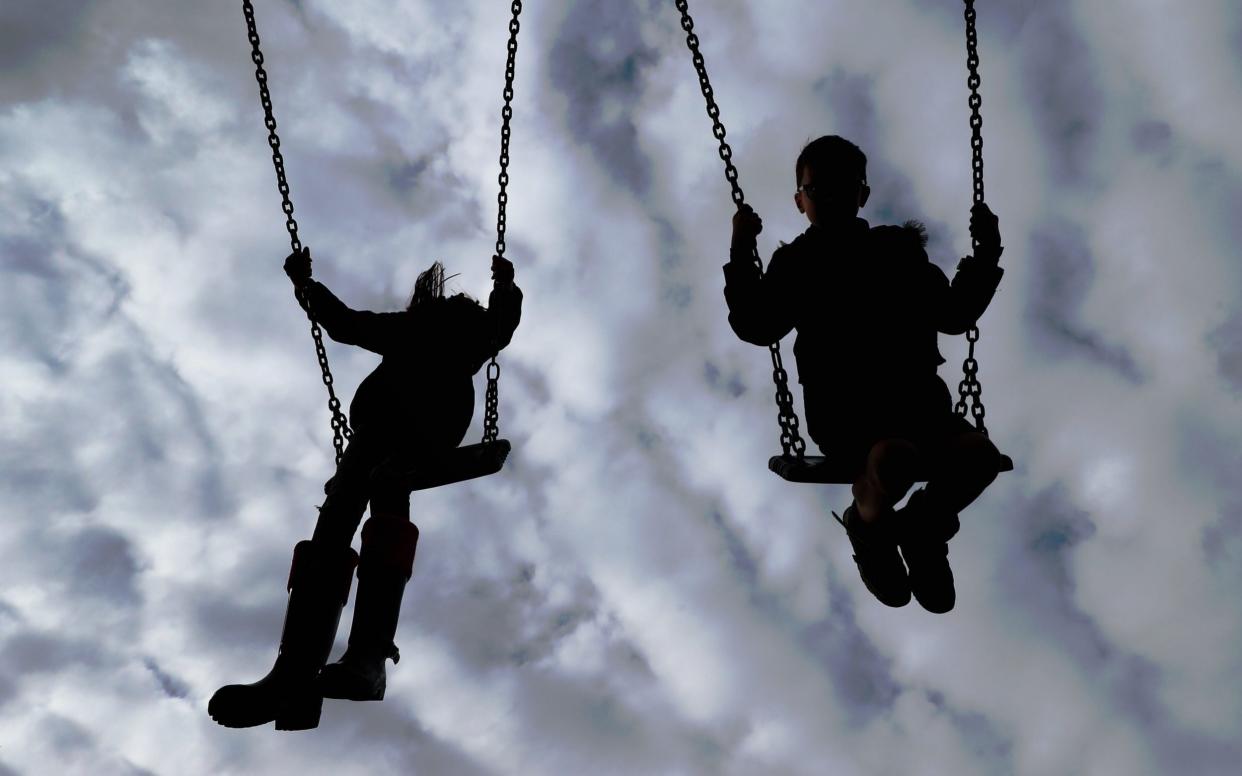Swings and roundabouts make children healthier, study shows

Children who play with traditional toys such as skipping ropes and have access to playground equipment are more likely to meet physical activity recommendations, research has found.
Experts at the University of Queensland in Australia who looked at the fitness levels and activity habits of children aged 5-17 found the healthiest youngsters played on swings roundabouts and trampolines rather than newer toys or gadgets.
Fixed play equipment, as well as basic items such as skipping ropes, were once widely available in parks and back gardens but the researchers warned that smaller yards, and the decline in playgrounds, meant fewer youngsters now had access.
“We found the type of play equipment that children have at home is directly related to the amount of physical activity they do,” said public health researcher Dr Katrina Moss.
“This is good news because play equipment at home is modifiable, and in lots of cases, it can be easily changed.
“It's also not about having the most equipment; it's about having the right equipment. Parents don't have to go out and buy every toy, they just need to have the right combination of play equipment to support their child's physical activity.”
Current guidelines suggest children should get at least an hour a day of moderate to vigorous physical activity' to lower the risks of obesity and diseases such as diabetes.
The study found that children who had access to traditional equipment met the 60 minutes recommendation on more days than those who took part in more modern activities, such as playing computer games.
Dr Moss added: “If we can support children to be more active now, it protects their future health and reduces the risk of lifestyle diseases.”
But smaller gardens or reduced areas within gardens for fixed play equipment mean children will rely on playgrounds in parks and other public spaces and they are also not always available, particularly in urban areas.
Dr Moss said: “It is important to note that having this bigger, fixed equipment does require a bigger backyard.
“Increasingly, children's play is going inside as the size of our backyards is decreasing.
“If parents can't provide fixed equipment in their own backyard due to limited spaces, then we need to be designing public spaces that can.”
The research was published in the Journal of Physical Activity and Health.

 Yahoo News
Yahoo News 
